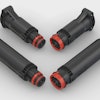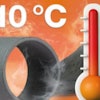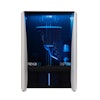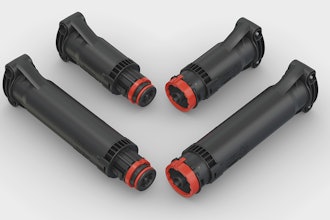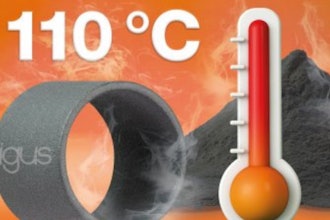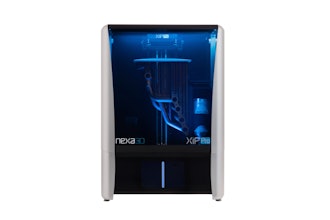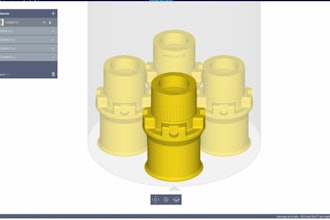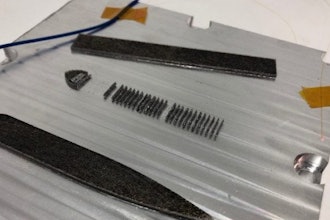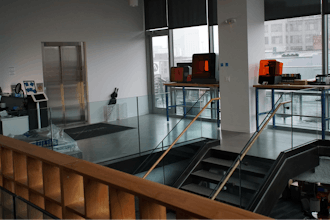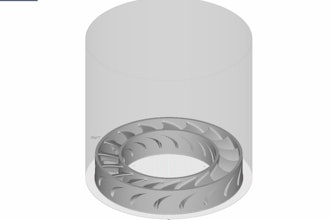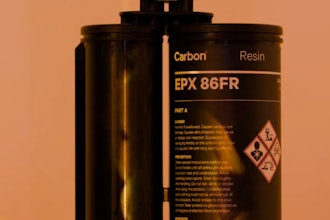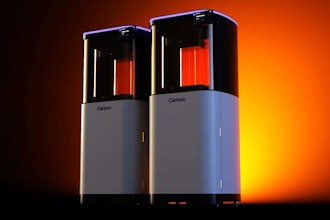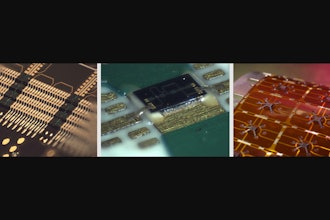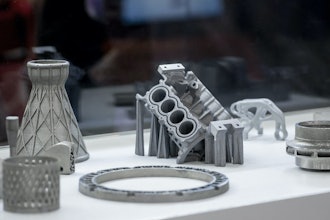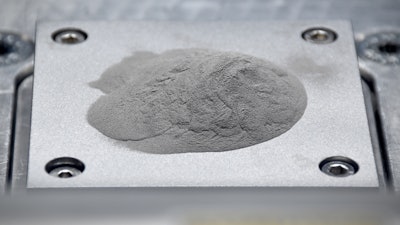
HRL Additive, a new commercial effort by HRL Laboratories, LLC, has secured the first commercial sale of its groundbreaking 7A77 high-strength aluminum 3D-printing powder to NASA’s Marshall Space Flight Center (MSFC).
The production plant is dedicated to producing the printable aluminum powder, designated as 7A77, the first additive feedstock registered by the Aluminum Association (AA).
Besides enabling never-before-printable parts in high-strength aluminum, the feedstock powder can be used with standard off-the-shelf additive manufacturing (3D printing) equipment without any modifications.
“Certainly, the 7A77 feedstock powder could unlock the production of large-scale components produced via fusion-based additive manufacturing,” said Omar Rodriguez of NASA’s Marshall Space Flight Center. “Printed test articles will be subjected to a comprehensive characterization regime expanding several length-scales. The end-goal of this research effort is to expand MSFC’s range of fusion-based additive feedstock materials. If successful in our research endeavor, the feedstock powder could be part of the aerospace-related assets produced at the planed large-scale, advanced manufacturing facility.”
HRL Laboratories engineers announced the additive manufacturing breakthrough in the 2017 Nature article 3D printing of high-strength aluminum alloys.
Using aluminum feedstock powder functionalized by their exclusive process, the researchers were able to 3D print high-strength aluminum for the first time ever.
The achievement has led to a revolution in metallurgy that HRL Laboratories has responded to by producing industrial levels of feedstock in-house.
For more information, visit HRLadditive.com.

